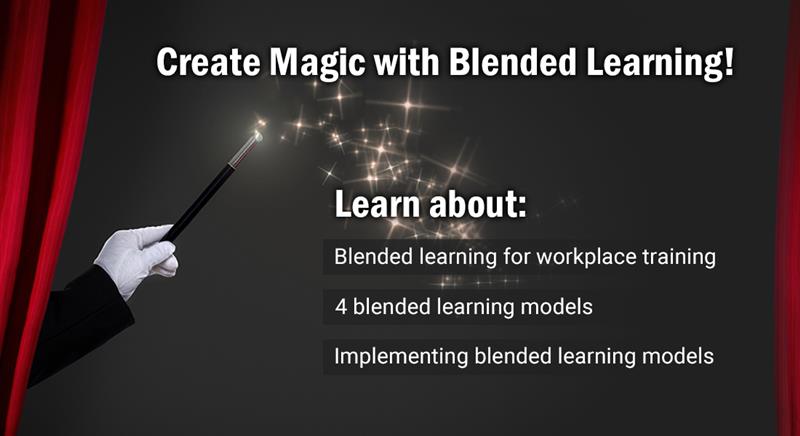Short Learning Modules: The Secret Sauce for Behavioral Training

Having the right skill sets may get you a job, but the right behavior and attitude toward work will help you keep the job. Haven’t we heard this when we took our first step into the workforce? Years ago, I used to think that behavior is something people cannot be trained on. But, I was wrong. Technology has affected the way we work, and learn, and behavioral training is no exception.
If you are someone who is associated with training, or learning and development, you might have discussed different ways to impart behavioral training at the workplace. But, how effective are these training programs?
If you have been following e-learning industry trends, you are probably already aware that short learning modules can be used to deliver successful training programs on a variety of topics. Read on to know why short learning modules provide the secret sauce for effective behavioral training programs.
Create an Emotional Connection
Emotions have the power to sabotage or enhance learner engagement in a training program. It is not enough to instruct employees on the positives of behavioral change. To make it work, weave a story that strikes an emotional chord. A picture, video, animation, or a simple scenario in a short learning module can foster an emotional connection with learners.
When you impart behavioral training to employees, you expect to see a positive change. And this change is possible through microlearning modules that forge an instant emotional connection with the learner.
If you have ever wondered why TED talks are so popular, it’s because of the short time (not more than 18 minutes) and the persuasive style that instantly connects the speaker with the audience.
Tug at your learners’ heartstrings with a short learning module, and you can be sure of positive outcomes after behavioral training.
Build Positive Attitude with Flexible Learning
Imagine if you had to subject employees to long hours of behavioral training. The training program is bound to fail, as any kind of change cannot be forced.
With short learning modules, learners have the flexibility to choose when, and where they want to learn. This in turn, helps build a positive attitude toward learning.
With microlearning, learners do not have to deal with a lot of content. Nuggets of information that they relate to, lets them set goals, and in the process, facilitates successful completion of the behavioral training program.
By offering short learning modules, that can be taken anytime, anywhere, you let learners control the way they want to learn. This helps them stay focused on the learning path.
Provide High-Impact Training
Short learning modules are focused to meet a specific learning objective. It’s not enough if your employees just retain information; they need to be able to apply what they have learned. Any kind of behavioral training can be termed successful only if positive changes are exhibited by employees.
Microlearning is the perfect strategy to deliver sticky learning. That reminds me of a project where one of our clients, Canada’s biggest food and retail chains, wanted to change its employees’ attitude toward food safety procedures. The young and upbeat workforce could not be captivated with traditional training programs. The company wanted a training that was short and sweet, yet powerful. With challenge-based short learning modules, we were able to deliver a high-impact training that brought about a significant change in employees’ behavior.
Enable Easy Reinforcement
Positive reinforcement is essential in behavioral training programs. Even if you have a classroom training program in place to provide behavioral training, what happens once the training is over? A behavioral training program is of no use if it is restricted to a one-time classroom session. In order to bring results, training needs to be a continuous process. How do you reinforce the concepts learned in the classroom? Try short learning modules to handle that task for you.
For example, if you were training employees on time management, you could use a microlearning module that uses a scenario to explain how improper time management affects work. With just one training session, it is not possible to become good time managers. But, reinforcing this concept, through a series of modules can help your employees perfect the art of time management.
Microlearning modules can be made accessible to employees for easy reinforcement of behavioral training.
As with any other training program, imparting behavioral training is all about connecting with learners. It is possible to deliver highly engaging content through short learning modules. If you haven’t already given it a shot, it’s time to invest in short learning modules for behavioral training programs.





